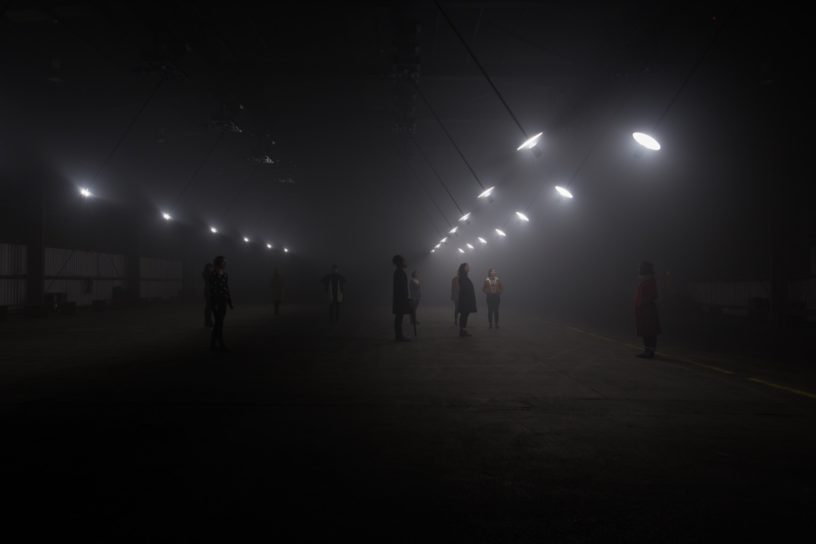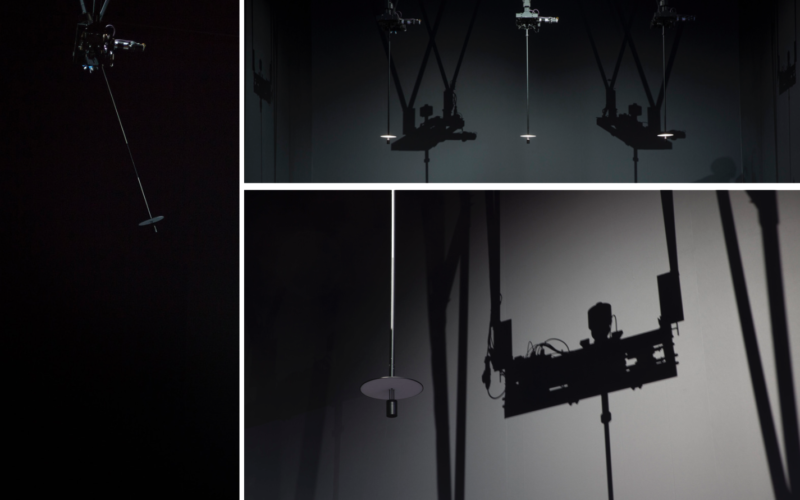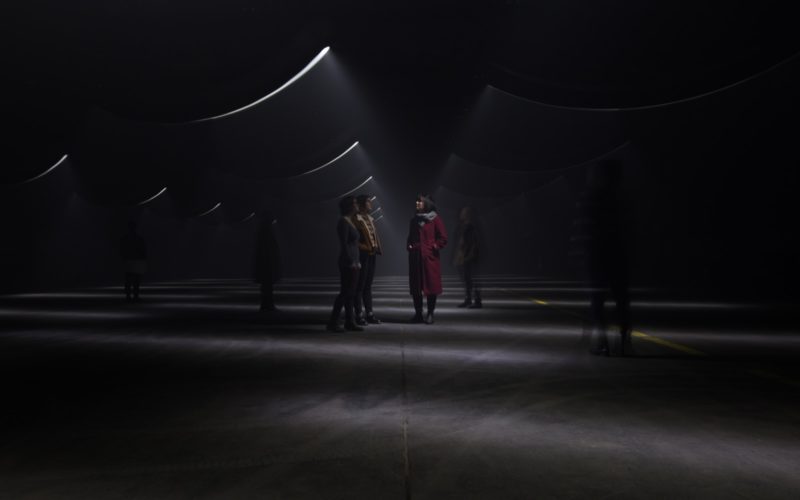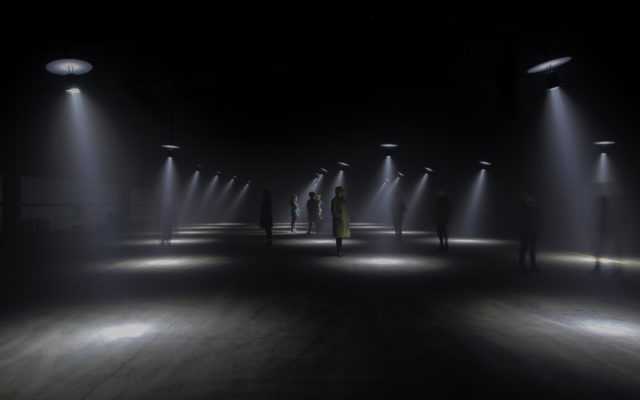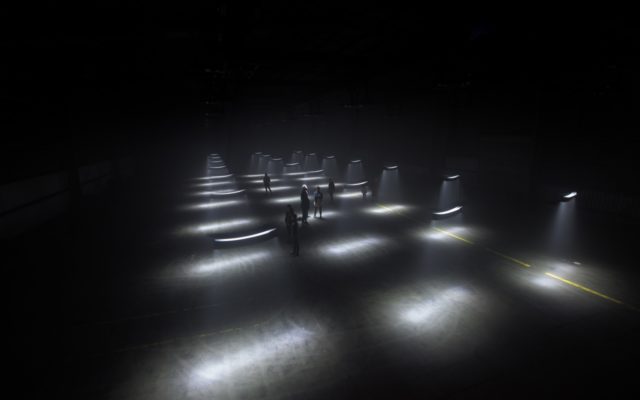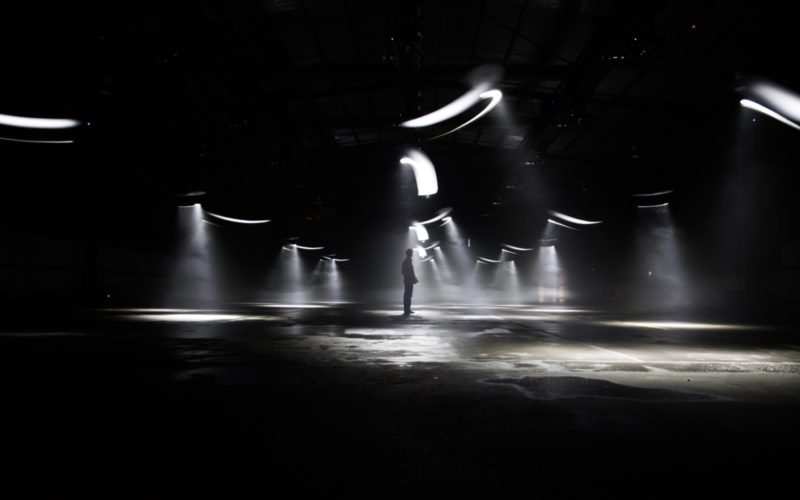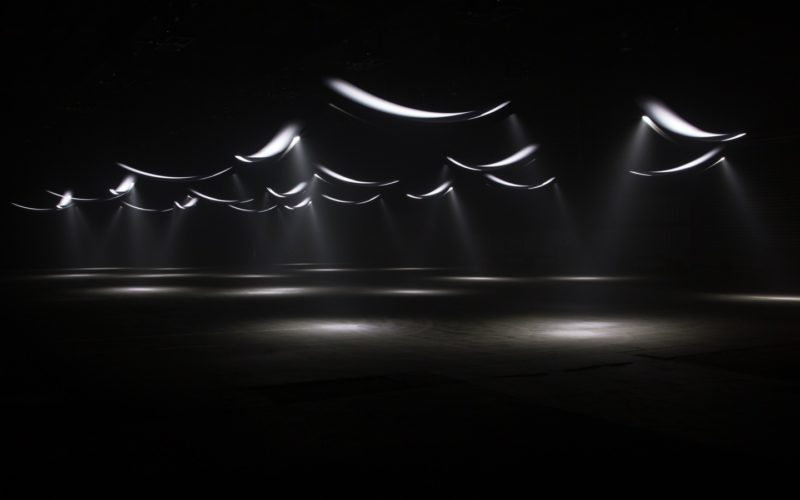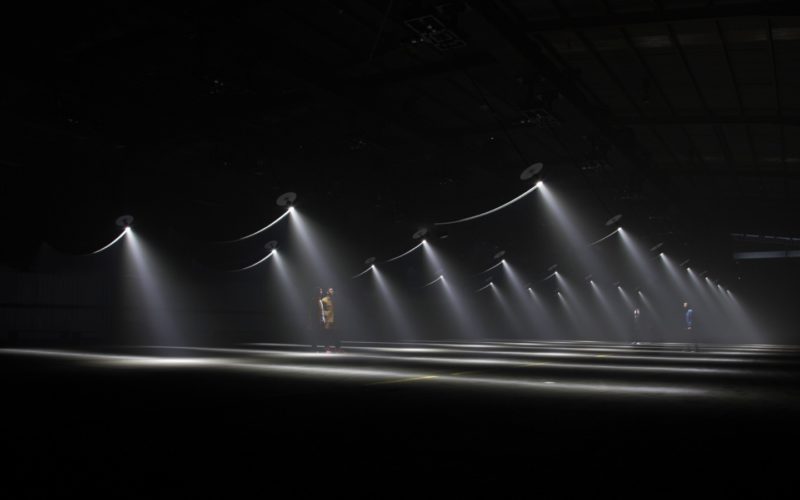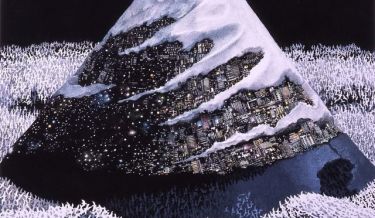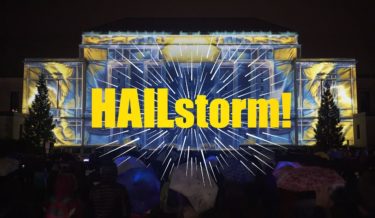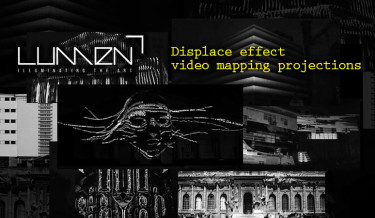Related post
Garden of Unearthly Delights: by Ikeda, Tenmyouya & teamLab
Dec 23, 2014
|
Comments Off on Garden of Unearthly Delights: by Ikeda, Tenmyouya & teamLab
2648
HAILstorm! – Projection Mapping on Rackham Building for University of Michigan Ann Arbor, MI, USA
Dec 11, 2017
|
Comments Off on HAILstorm! – Projection Mapping on Rackham Building for University of Michigan Ann Arbor, MI, USA
1636
TOP-7 Best Video Mapping Projections with Displace Effect
Oct 12, 2015
|
Comments Off on TOP-7 Best Video Mapping Projections with Displace Effect
4873

